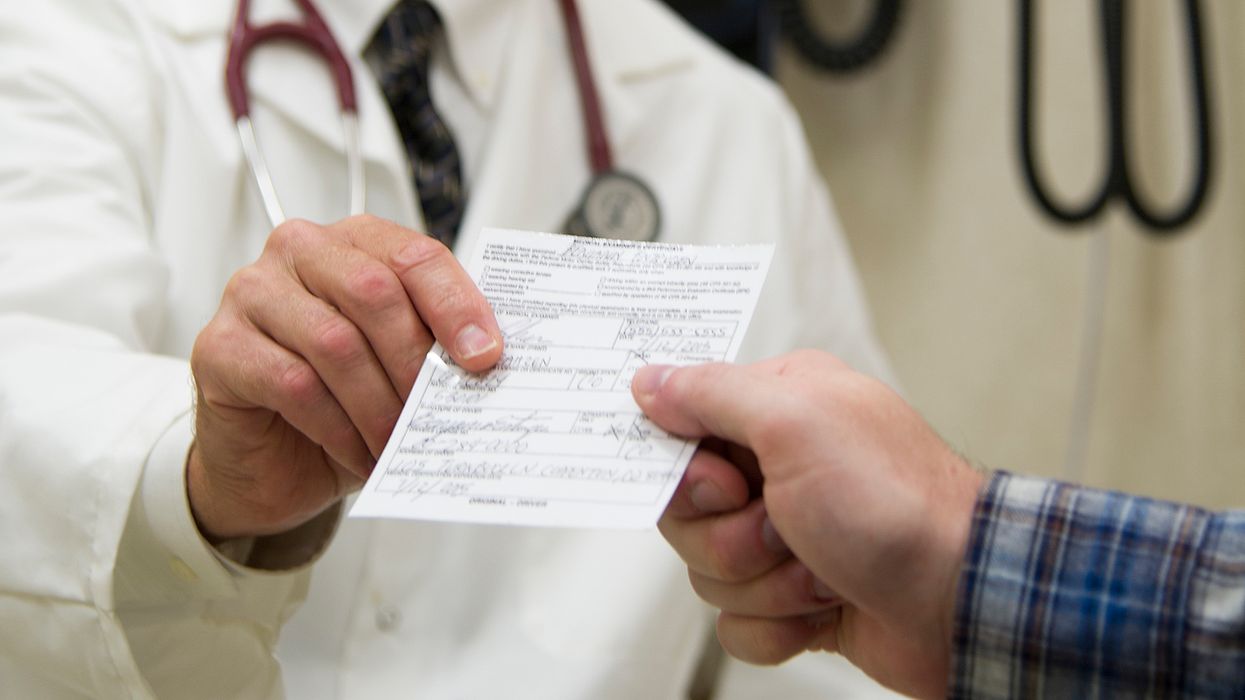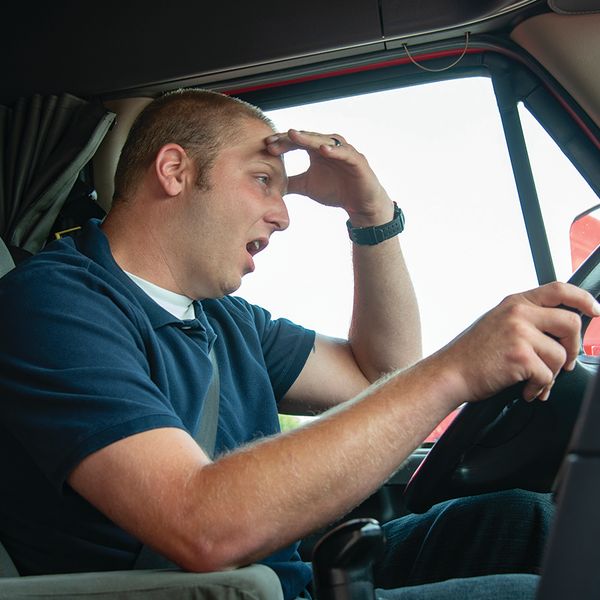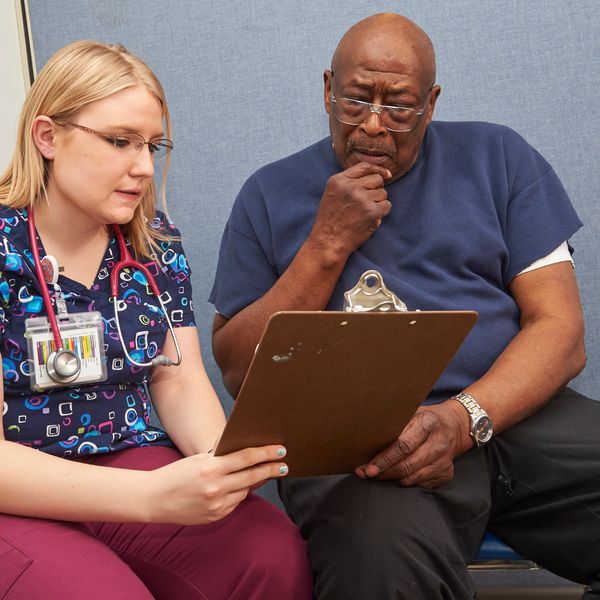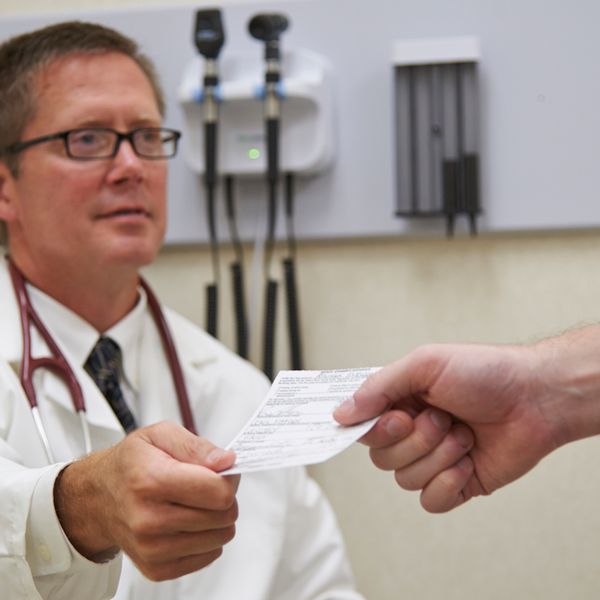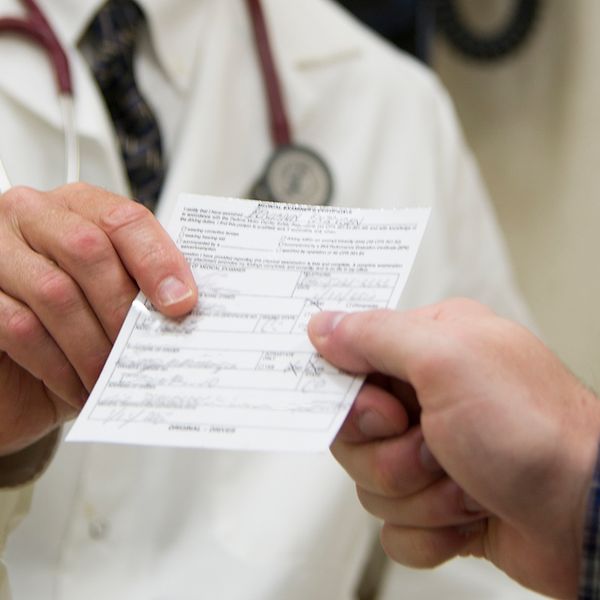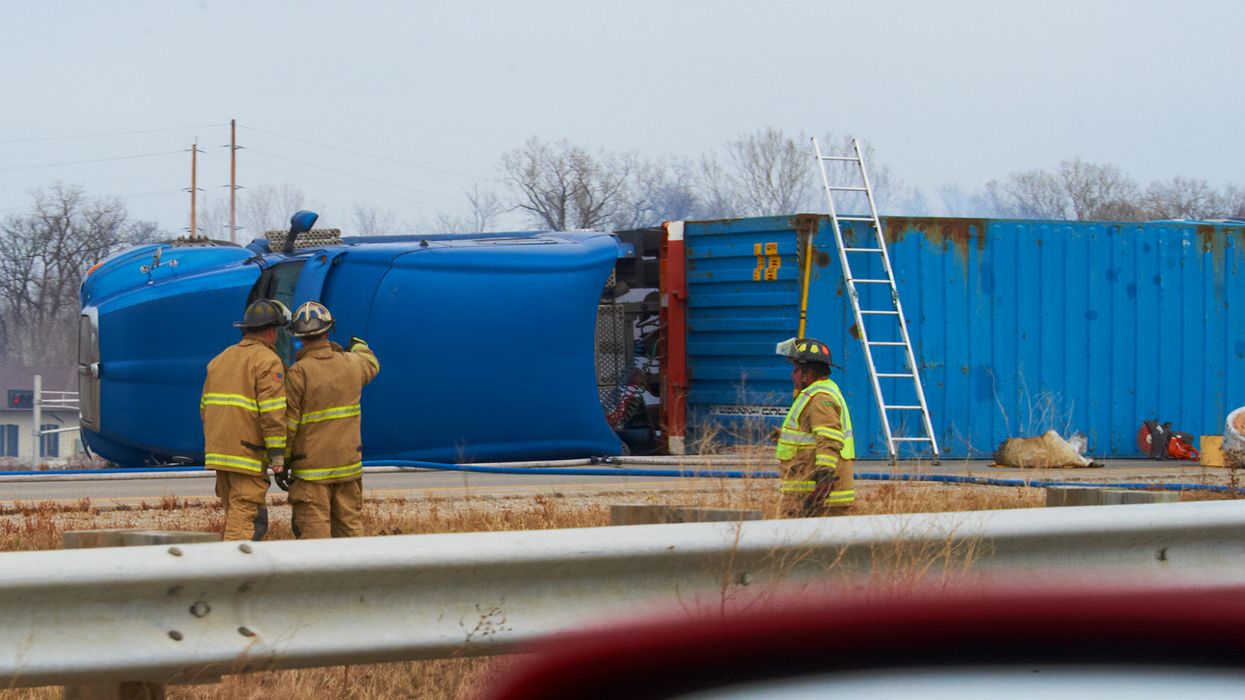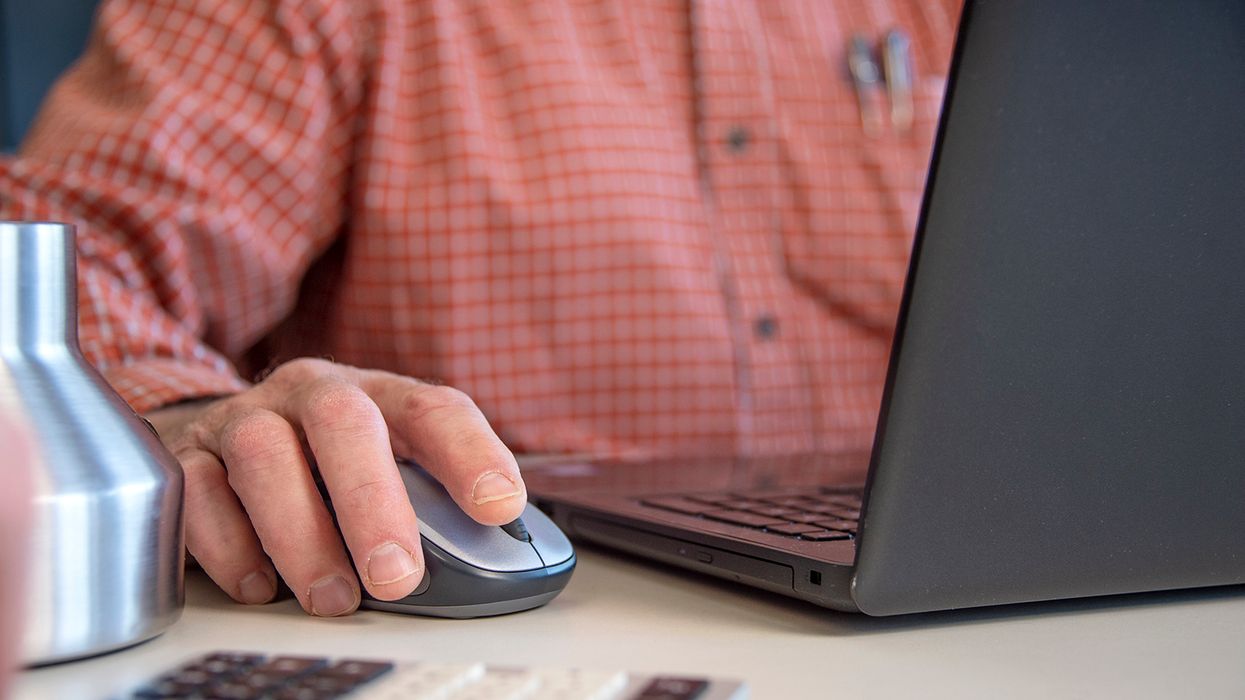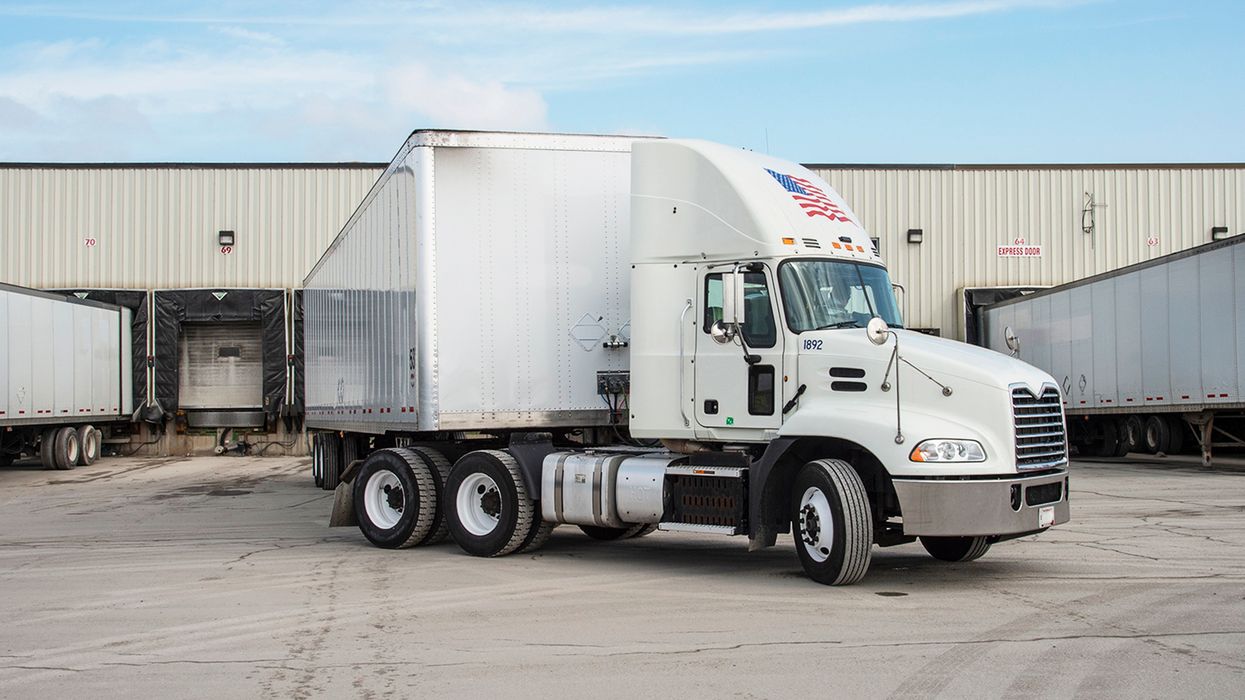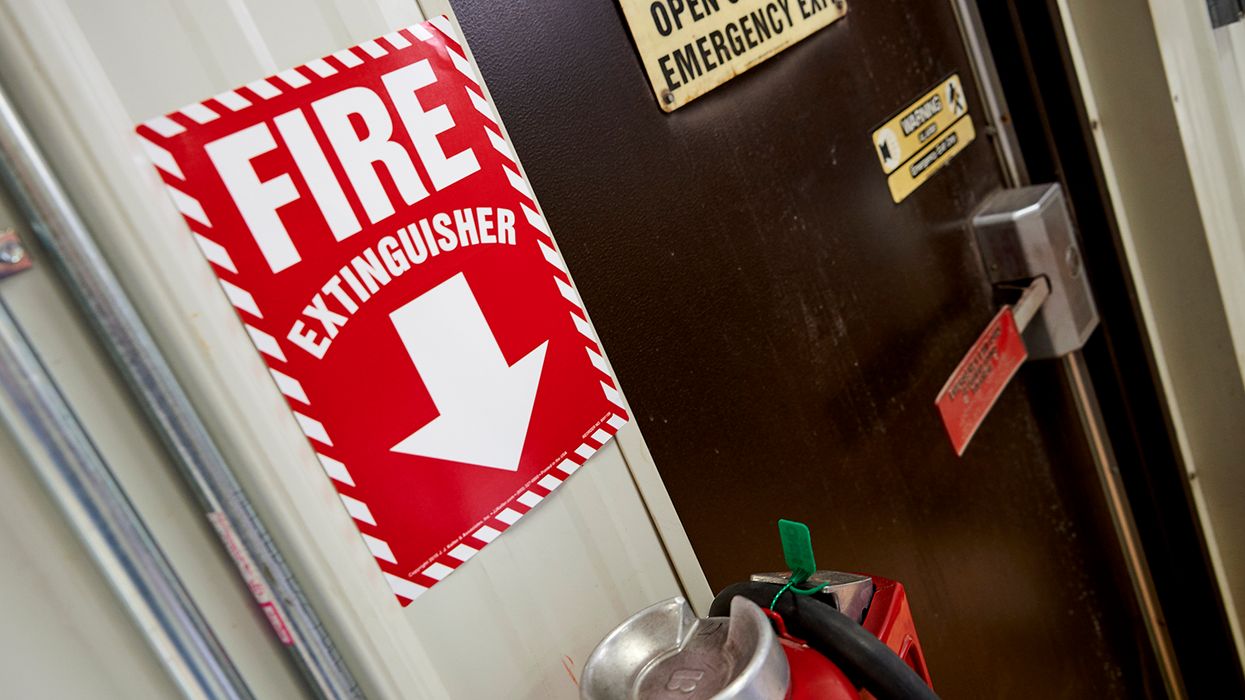Sleep apnea unmasked: Answers to 5 common questions
At least 9 percent of the U.S. population has sleep apnea or a similar disorder, according to the American Medical Association. Given commercial drivers’ sedentary lifestyle and diet, the percentage may be higher for this group.
Below are five common questions that clarify the Federal Motor Carrier Safety Regulations (FMCSRs) requirements and Medical Review Board guidance.
1. What do the FMCSRs require?
A driver may not be medically qualified if they have a medical history or clinical diagnosis of a respiratory dysfunction likely to interfere with their ability to safely control a commercial motor vehicle (CMV) per 391.41(b)(5).
A lack of clarity stems from the fact that there is no regulatory mandate to screen for obstructive sleep apnea (OSA), even if specific risk factors are present, including but not limited to age, small airway, high body mass index (BMI), or large neck size. Also, the FMCSRs do not include waiting periods, maximum certification periods, specific diagnostic procedures or treatment, or requirements by which to assess compliance with OSA treatment.
2. What are certified medical examiners (CMEs) required to do when assessing a driver for respiratory dysfunction?
The driver is asked on the "long form" or Medical Examination Report (MER) about whether they have daytime sleepiness, a sleep disorder, or snore loudly and if they have ever had a sleep test.
Those answers and the presence of any of risk factors, the Certified Medical Examiner (CME) must assess the likelihood of a safety issue while operating a CMV. The CME may also consult a November 2016 joint letter from Motor Carrier Safety Advisory Committee and Medical Review Board letter on sleep apnea for further guidance.
If a potentially unsafe condition is suspected, the FMCSA's Medical Advisory Criteria in Appendix A to Part 391 states that a CME "should," not "must or shall":
- Confer with the driver's treating provider, or
- Refer a driver to a specialist for further evaluation and therapy.
3. What happens after a sleep study?
Sleep studies measure the Apnea-Hypopnea index (AHI), how often per hour a person stops breathing during the night.
Common next steps after the sleep study, depend on the sleep apnea severity, are:
- If severe, the CME could require at least 14 days of compliant treatment with the continuous positive airway pressure (CPAP) machine before issuing a certification of 90 days, after which a certification of 1 year is possible. However, the driver is disqualified until they receive a medical card, regardless of time left on a prior medical card.
- If moderate or lower, the CME might qualify qualify the driver, but issue a "short card" of 90 days or less with treatment. Alternatively, the CME, may put the medical exam in "determination pending" status for up to 45 days while the driver is treated with a CPAP machine. If the driver’s current medical card is not expired, they could drive up to to and on the expiration date, but not past the determination pending date.
- If mild, the driver may not require treatment and could receive a medical card of a length deemed by the CME.
4. What do CMEs consider compliant use with a CPAP machine?
Generally, compliant use of a CPAP machine means the driver uses the machine for at least four hours per night for 70 percent of the sleep periods for at least 30 days.
5. What else is considered in the driver's medical certification decision?
The final certification decision is up to the CME if the driver is otherwise qualified under all medical standards.
Upon being referred for a sleep evaluation, a driver can go to another CME for a second opinion. However, it would be extremely risky for the carrier to allow a driver with a documented referral for a sleep evaluation to go to another CME.
The driver must share the same medical history information with the second CME or possibly be subject to civil action per FMCSA for falsifying a medical exam.
Key to remember: A CME is recommended, but not required by regulation, to refer a driver with suspected sleep apnea or multiple risk factors for a sleep study. The CME makes the final certification decision.

